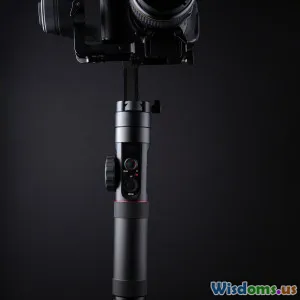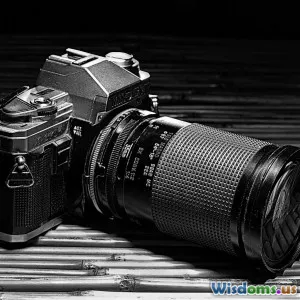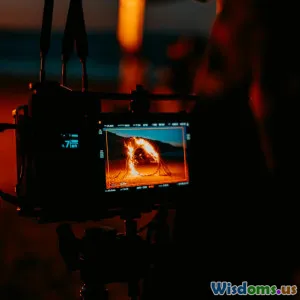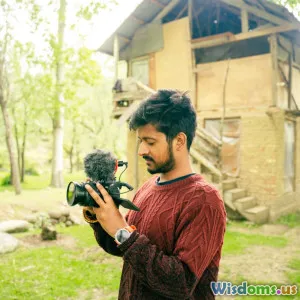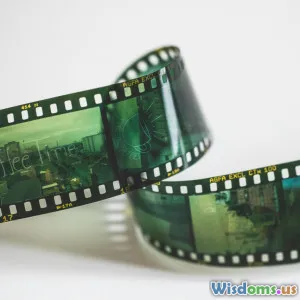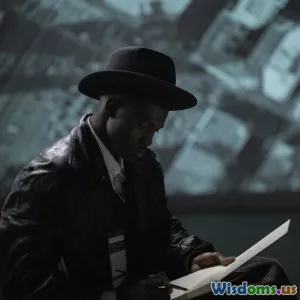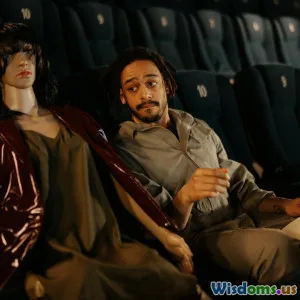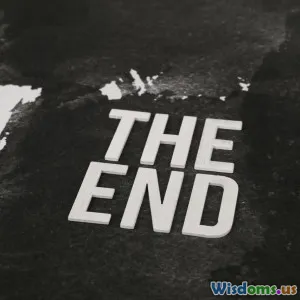
Exploring Cinematic Techniques in Modern Films
5 min read Dive into the innovative cinematic techniques shaping modern films and their impact on storytelling and viewer engagement. (0 Reviews)
Exploring Cinematic Techniques in Modern Films
Cinema is an ever-evolving art form, continuously adapting to technological advancements and shifts in audience preferences. Modern films have seen a remarkable transformation in the way stories are told, primarily driven by innovative cinematic techniques. This article delves into some of the most impactful techniques currently shaping the film industry and how they enhance storytelling and viewer engagement.
1. The Rise of Digital Cinematography
Gone are the days when filmmakers relied solely on traditional film stock. Digital cinematography has revolutionized the way movies are shot, offering directors unprecedented flexibility and creative possibilities. Cameras like the RED, ARRI Alexa, and Blackmagic have enabled filmmakers to capture stunning visuals with high dynamic range and resolution.
Example: The Mandalorian
One notable example is The Mandalorian, which utilizes digital LED wall technology to create immersive backdrops in real-time. This method allows actors to perform against dynamic environments while minimizing the need for extensive post-production work.
2. Innovative Storytelling Techniques
Modern films often experiment with narrative structures, employing non-linear storytelling, multiple perspectives, and unreliable narrators. These techniques keep audiences engaged and create intriguing plot twists.
Example: Pulp Fiction
Quentin Tarantino’s Pulp Fiction is a classic example of non-linear storytelling that not only captivates the audience but also invites them to piece together the narrative puzzle. This approach encourages viewers to actively participate in the story, enhancing their emotional investment.
3. Visual Effects and CGI
Computer-generated imagery (CGI) has become a staple in modern filmmaking, allowing creators to bring fantastical elements to life. From superheroes soaring through the skies to entire worlds being crafted from scratch, CGI has pushed the boundaries of imagination.
Example: Avatar
James Cameron’s Avatar is a prime example of how CGI can create immersive worlds. The film’s groundbreaking visual effects transported audiences to the lush landscapes of Pandora, setting new standards for visual storytelling in cinema.
4. Sound Design and Music
Sound design plays a crucial role in film, shaping the emotional tone and enhancing the narrative. Modern films increasingly utilize sophisticated soundscapes and original scores to evoke feelings and build tension.
Example: A Quiet Place
In A Quiet Place, the film’s innovative use of silence and sound creates an intense atmosphere, where even the slightest noise can have dire consequences. The careful layering of sound effects allows viewers to experience the characters’ vulnerability and isolation, making the film truly immersive.
5. Interactive and Immersive Experiences
With the advent of virtual reality (VR) and augmented reality (AR), filmmakers are exploring new ways to engage audiences beyond traditional viewing experiences. Interactive storytelling allows viewers to make choices that impact the narrative, creating a personalized viewing adventure.
Example: Black Mirror: Bandersnatch
The Black Mirror: Bandersnatch film on Netflix exemplifies this trend, enabling viewers to make decisions for the protagonist, leading to multiple endings. This interactive format engages audiences on a deeper level, making them part of the storytelling process.
Conclusion
Cinematic techniques continue to evolve, reflecting advancements in technology and changes in audience expectations. From digital cinematography to innovative storytelling methods, modern films are pushing boundaries and creating richer, more engaging experiences for viewers. As we look to the future, it’s clear that the art of cinema will keep evolving, challenging filmmakers to explore new horizons in storytelling.
Embracing these techniques not only enhances the cinematic experience but also ensures that films remain a powerful medium for storytelling in our increasingly digital world.
Rate the Post
User Reviews
Popular Posts










